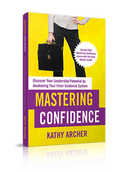|
If you want to feel more competent, capable and sure of yourself in your leadership, you need to increase your self-confidence by learning to manage your thoughts. To bounce back time and time again when the $#!t hits the fan 😩 you need a system that will help you regain your whirling thoughts and, thus, your confidence when you falter. We've been covering that system the last few weeks as you've been learning about pausing, pondering, pivoting and proceeding. Leaders who can navigate the busy, stressful and difficult times AND come out on top rely on something inside of them. Their inner wisdom 🦉provides strength, insight, and stamina, not just to survive but to thrive. Successful and confident leaders access that inner wisdom by consciously tuning in to it. The problem is we aren't taught this stuff Unfortunately, many of us are too busy or have never learned how to tune into our inner wisdom. As new leaders, we learned about scheduling shifts, what forms need filling out and when and how to do cover off. We were not taught what to do when we were uncomfortable addressing something going wrong or how to deal with our emotions during a team meeting when everyone seemed to hate us. And many of us assumed it was something wrong with us. We weren't cut out for leadership, were doing something wrong or alternately blamed it on the crappy staff we had. ❌ None of that was probably true, not completely. We need to learn how to access our inner wisdom What may be more accurate ✅ is that we have yet to learn how to communicate effectively as a leader, what to do with the voices in our head that doubt we can handle it or what to do with the anger when a comment at a staff meeting triggers us. To help us learn that, we need a system to allow us to access our inner wisdom. ☑️ When you are about to enter a tough conversation and want to maintain your composure, your thoughts will help you do that. ☑️ When you struggle to get your work done and feel pulled in many directions, your inner wisdom will help you focus on what matters most when it matters most. ☑️ So you can convince yourself it's ok to walk away from work and find balance with your life. If you want to learn a system to help you tune into your inner wisdom, something you can use anytime and anywhere, then keep reading 👇🏻 It's time to find your internal compass Leaders that learn to tune in and manage their thoughts and emotions develop courage, strength and skills to leave effectively and impactfully by accessing their inner wisdom or The Inner Guidance System. Your Inner Guidance System is your internal navigational structure. Think of your Inner Guidance System as your personal GPS or as a compass 🧭
Know Your Leadership Destination But where are you going? Leadership is about taking people someplace. It is about moving your organization from here to there. That is your vision or destination. The destination could be something like:
Your destination is about who you are becoming More than organizational goals, your direction is about becoming the type of leader you want to be.
The difference when you use your Inner Guidance System 👎🏻 Without tuning in, accessing your inner wisdom and using that internal compass to guide you, sadly, you'll be stuck on completing your to-do list, attending meetings and returning emails instead of being your best self while doing all those things. 👍🏻 But when you tune in and access your inner wisdom, using that internal compass to guide you, you'll be your best self 🙌🏻 when you complete your to-do list, attend meetings and return emails. Follow the steps of your INNER GUIDANCE CYCLE To access your Inner Guidance SYSTEM, follow the steps of the Inner Guidance CYCLE. The four steps, when repeated again and again, help you to make use of your internal wisdom. The steps of the INNER GUIDANCE CYCLE are as follows:
When you do the steps repeatedly, they provide insights that you need to move in the direction you want. The Inner Guidance Cycle at work:
To begin getting acquainted with your wise inner self, PAUSE and start paying attention to what is happening inside you. Consider or PONDER what thoughts and feelings you have about people, challenges or outcomes you experience.
You'll also notice that those thoughts and feelings may be accompanied by certain sensations in your body, for example:
Your thoughts, feelings and sensations are signs of your Inner Guidance System at work. They are clues🕵️ to what is going on and how to regain your composure and become your best self. Accessing the wisdom inside - An example By tuning into what's happening, you can shift how your thoughts or perspectives about the situation, how you handle it and how you feel about how you handle it. 👉 For example, perhaps you have a tough conversation coming up. When you paused and tuned in (pondered), you may have noticed:
But that isn't the end of The Inner Guidance Cycle 👇🏻 The next step is the PIVOT step. This step is about shifting your perspective. You shift your perspective by getting curious and asking yourself questions. You may ask yourself questions like:
The answers you come up with could be something like:
This new insight helps you move forward or PROCEED
Accessing your inner wisdom via The Inner Guidance Cycle will help you navigate your to-do list and relationships while you manage your emotions and be your best self. To learn more about each step in The Inner Guidance Cycle, dive deeper with this article.
0 Comments
I know you want to lead with confidence. But if you are like most women leading in nonprofits, you often spend more time feeling your confidence fading, doubting you can handle the position, and feeling overwhelmed. That's no way to lead! Here is the thing though:
The problem is that you don't always believe that. Instead, you:
Lacking confidence makes you look outward When you don't believe in yourself, you look to others to give you direction, insights, and permission.
In the meantime, you procrastinate, delay and second-guess yourself. Confidence comes from inner wisdom You rebuild your confidence and can move forward decisively when you access your inner wisdom. It's when you tune into your wise self, your best self and the part of you that already know you'll feel your confidence soar. It's then that you:
Connect to your inner wisdom and boost your confidence Accessing your leadership wisdom requires connecting to your Inner Guidance System. Your Inner Guidance System is like your internal compass or GPS. To connect to your wise self, PAUSE, PONDER, PIVOT and PROCEED. These 4 Ps are the steps in the Inner Guidance Cycle. When you master these steps and do them repeatedly, you'll be accessing your inner wisdom and leading with more confidence.
Help to learn to access your inner wisdom In Mastering Confidence: Discover Your Leadership Potential by Awakening Your Inner Guidance System, I guide you through the steps of the Inner Guidance Cycle. Understanding the four steps and learning to do them regularly will help you to feel and act more confidently. Find support to master the steps of the Inner Guidance Cycle First, get Mastering Confidence today. As you read it, you'll be developing your courage and confidence and learning to master leadership. Each chapter has an exercise that helps you to look inside to help access your inner wisdom. In addition, you'll find a free course in the book to give you more support through that process and help you complete each of the exercises. Get the book. Get the free course. Master your confidence As you read Mastering Confidence and complete the exercises in the free course, you will find significant shifts in how you feel and lead. That increased confidence and a sense of knowing will show up in:
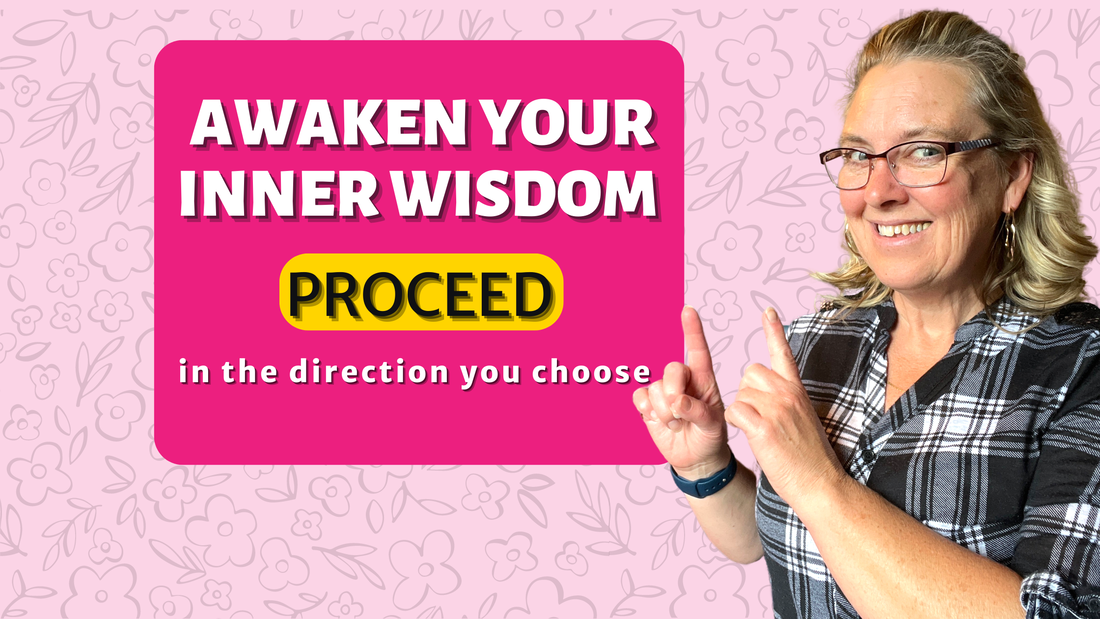
How nonprofit leaders can lead with courage and confidence
In the last few weeks, we've been diving into the steps of The Inner Guidance Cycle. You may have made some realizations and know it's time to take action, but...
Confident leaders keep moving As you build your leadership confidence, you'll need to continue to move forward despite challenges. That level of confidence comes from mastering your thoughts when things get rough. It's when you dare to make a decision, communicate it and move on. When you learn to master your inner chatter, you'll set boundaries, speak up and open up hard conversations, even though it would be easier not to do those things. The way to move forward, even when it's uncomfortable, is to follow the steps of the Inner Guidance Cycle. When you connect to your inner wisdom or Inner Guidance System, managing your thinking is more doable. Thus, taking action is more even when you would rather not but know you should, is more doable. Inner Guidance Cycle To help you manage your thoughts, I've been teaching you to use the Inner Guidance Cycle.
Accessing your inner guide can help
When you follow the steps of the Inner Guidance Cycle, the final step is to PROCEED. However, getting back into motion after pausing, pondering and pivoting can often be the hardest step.
Q.Why is taking action the hardest step?
First, you've paused and then pondered
Something has happened, and you know you need to get ahold of your thoughts before they drag you off to the land of doubt, frustration or shutting down. So you PAUSE, step back and become more mindful of what is happening. Pausing allowed you to move to the next step and PONDER. When you ponder, you begin to notice what has been going on around you and inside of you. You examine your thoughts, feelings and body sensations. Reflecting on your inner and outer experiences gives you insights. By pausing and pondering, you are awakening your inner guide or your Inner Guidance System. A little shift now by pivoting your perspective By awakening that Inner Guidance System, you evaluate your thoughts. Insights, ah-has and a willingness to examine thoughts, beliefs and judgements often shift your thoughts, views or opinions. That takes you to step 3 of the Inner Guidance Cycle; PIVOT. Pivoting means seeing things in a different way When you have new perspectives, you often need to change, turn or pivot how you handle things. As a result, you feel prompted to take different actions or respond in a way you usually wouldn't. Alternatively, a new way of seeing things may lead you to inaction where you had previously planned to act. That new action or inaction may contradict what you are used to doing. It may also be far from what those around you are accustomed to expecting from you. That could be uncomfortable for you and them. Think about how it feels to:
Discomfort can be paralyzing Even though you may have gotten to the point where you need to do something differently, doing it differently is a whole different beast! So insert step # 4 - PROCEED. ? AKA - having the courage to proceed. All of the examples above can be very uncomfortable. Discomfort can paralyze us. We freeze, not wanting to go to the next step. So, it feels better to stay right where we are. It does until you look at what staying here means. The deception of our comfort zone Staying here, in our comfort zone, isn't really all that comfy. No, it actually sucks. For many of us, our comfort zone means we've given in, blended in or conformed. It feels a bit like defeat! Settling for the mediocre life, the ok job, or the tolerable work environment isn't comfortable. It's painful. And not addressing staff issues, continuing to work way too many hours and being too embarrassed to ask or help are anything but comfortable. Dealing with the pain of the comfort zone The problem is we don't usually deal with the pain of the comfort zone in healthy ways. Instead, we numb the pain and try to pretend it's ok. So we:
Numbing the pain keeps you from experiencing pain in the moment. But the discomfort is still there. We've just masked it. Change is necessary The bigger problem is that you are not reaching your full potential as a leader by staying in your comfort zone. No one ever changed the world by living in their comfort zone. No one ever grew, developed, or achieved anything by numbing the pain and playing safe. Organizations don't make a big difference in the lives of their clients by playing it safe. Instead, change is made when we get out of our comfort zone. Getting back into motion: Proceed The answer... To grow your leadership, enjoy your job, and live a full life, you must move forward instead of continuing to play it safe.
Q: Why is taking action the hardest step?
A: Moving forward moves you to a place of discomfort. Proceed forward. It's time to get back into action and PROCEED by doing the right but uncomfortable thing.
Two strategies to make proceeding easier? Strategy # 1 - Start with courageConfidence begins with courage. To become more confident in yourself, you need to be more courageous. Courage and confidence go hand in hand.
Each time you take a courageous act, your confidence soars. Each time your confidence rises, you feel more courage to try different things. Having courage and confidence gives you the elements to survive and thrive in leadership and life.
?Strategy # 2 - Get the momentum goingAn object at rest stays at rest. Conversely, an object in motion stays in motion. Therefore if you want to move back into action, you have to get the ball rolling.
One way to make this easier is to break it down into tiny steps and identify the first next step, and then proceed by taking that step. For example: You may have realized you DO need to have THAT conversation.
Pause, ponder, pivot and then proceed forward
As a nonprofit leader, I know you know there isn't only one way to see things. There is no perfect way to handle a challenge. There is not only one description for a person. We live in a world of many perspectives, viewpoints, possibilities and opinions.
But sometimes we forget that when we are in our head! However, applying the truth that there are multiple perspectives to how we tackle leadership can help you be a more confident and effective leader. So let's learn how to pivot your thinking ??
Your Inner Guidance System Via The Inner Guidance Cycle
In the last couple of weeks, I walked you through the first two steps of The Inner Guidance Cycle to help you access your Inner Guidance System. 1 - When you take the first step and PAUSE, you create space to notice what is happening around you and inside you. 2 - The next stage, PONDER, is about getting curious about your thoughts, feelings, and sensations. ? When you observe and connect with your thoughts, feelings and body sensations, you gain access to your inner wisdom or your Inner Guidance System. ? Increased awareness helps you develop confidence, manage your emotions, and much more as a leader. 3 - Today, we are moving on to the third step, PIVOT, which is what to do with what you discover when you've spent some time reflecting. It's time to shift from unconscious to conscious The first two steps of the Inner Guidance Cycle have helped you to turn unconscious thoughts into conscious thoughts. We are usually so unaware of what is going on inside us. Because we have not noticed what's happening inside, we also don't realize how our feelings and thoughts impact our confidence levels, our ability to manage our emotions or how stuck we are in a particular perspective. First, be wary of looping thoughts Being unaware of repetitive looping thoughts such as, "I can't handle this," allows the idea to become an ingrained belief. Becoming aware that we've had the same thought ten times in the last 3 minutes makes it possible to examine the idea more carefully. Conscious thoughts will help you'll start to have insights When we become more mindful of the fact that we repeatedly have this thought, we can inspect it. Is it true? Maybe not. Or, it is partially correct. You can then ask yourself what parts are true. For example, "It is true that I can't handle it all alone."
Awareness helps to shift our thinking. It's time to pivot your thoughts This change in thinking allows us to see the problem and ourselves differently. Rather than the repetitive thought of; "I can't," we pivot to; "With help, I can handle this." Suddenly, the load seems a little lighter and our confidence increases. Turing to new ways of thinking and being Pivoting is turning. It is shifting how we see a person, problem or project. It is changing our perspective. But, the mental shift can do more than just shift our thoughts. Changing our perspective helps us to choose alternate responses, change how we engage with others and sometimes take different actions. Understanding your perspective In Mastering Confidence, I describe our perspective as follows: ? Our perspective is our view or our point of view. It might be our attitude about something or our opinion of someone. Our perspective is the current place we are looking from. It's our vantage point. We see situations, people, and challenges from different vantage points that can change daily, depending on a wide array of things, including how well we slept the night before to an email we just opened. In the same way, we will see situations, people, and challenges much differently, perhaps than a co-worker, boss, or subordinate. So it's important to recognize that there are many different perspectives that we, or anyone else, can have. The challenge arises when we aren't open to how others see things. Equally challenging is when we resist changing the way we see it. Most of us have tunnel vision. We want to see it only our way. We think our way is the best, the right, or the only way. Truthfully, though, our view is only one view of everything. No two people have the same view of anything. Our outlook can change dramatically from one day to the next or in a split second. It all depends on what we are thinking. Pivoting requires us to change our thoughts. How To Pivot To change your thinking, you'll need to examine your thoughts consciously. Here are some questions you can ask yourself to help shift your thinking. ❓ Is this thinking getting me to where I want to be? ❓ How else could I look at this problem, person or project? ❓ What is in my way of seeing this differently? ❓ What would move me forward on this? ❓ Where/who could I ask for help? Making Your Pivot Pivoting allows you to get from where you are now, which is often stuck, to where you want to be. Think of it as an intersection. 1 - PAUSE when you get there 2 - Tune in and PONDER for a moment 3 - PIVOT by Looking at the direction you are going. Consider the alternatives.
If you want to be a strong and confident leader, you can't rely on someone else to tell you what to do.
To be socially intelligent and understand what's going on with your team, take action when someone isn't measuring up, or be decisive, you'll need to access your inner wisdom. That's the part of you that knows and guides you, even when the road ahead is bumpy. ? Access your inner wisdom by Pondering You'll find access to your inner wisdom when you PAUSE and then PONDER. Pondering is when you:
PONDERING helps you consider what is going on inside of you! Pondering is the opportunity to tune in and consider the following:
When you ponder, you will connect the dots ✍? When you pause and ponder, you'll start to consider how your thoughts, feelings, and sensations are connected to what is happening outside of you. You'll then be able to use this information to awaken the inner wisdom that can guide you forward. Awakening your Inner Guidance System When you ponder, you get insights from your wise self. Pondering is listening to the inner wisdom of your Inner Guidance System. The insights gained by pondering can support and guide you. ? Accessing your inner wisdom is instrumental in mastering leadership confidence. Step # 1 is to Pause Taking the time to PAUSE and PONDER helps you see things you may have missed in the hustle and bustle of the day. Remember, to access your inner wisdom or Inner Guidance System via pondering, you first need to pause. Repeating the cycle of pausing, pondering, pivoting and proceeding are the steps of the Inner Guidance Cycle.
Step # 2 Pondering allows you to see the whole picture
Once you have PAUSED, stepping back, you can move on to this second phase; PONDER. Pondering allows you to notice and observe things you would have risked overlooking without consciously exploring your Inner Guidance System. In addition, pondering enables you to pick up on subtleties during interactions such as: ? Someone said something that left you:
? Perhaps an email you received sent you to:
? Your staff's blunder may have you:
? Your thoughts may be about someone else or the situation
You'll start to get insights from within The awareness of these thoughts, feelings and sensations and how they connect to your world can provide surprising insights. This new understanding of this inner wisdom is your Inner Guidance System in action. Understanding what is happening under the surface can prompt you to shift what you are doing, how you interact with others and, even more importantly, what you say to yourself. Your confidence begins to grow Your inner dialogue contributes to your confidence. Thoughts that empower you, inspire and boost you up will increase your confidence. Changing your thoughts starts with awareness of what you are currently saying to yourself. That is where pondering comes in. It's worth it to pay attention to what is inside When you've taken the time to pause, then start to notice. ? Go within and pay attention for a minute to become more aware of what is happening. ❓What is going on?
❓What am I thinking?
❓What feelings have I been experiencing?
❓What's been happening in my body?
Warning! Don't be judgmental Notice that I did not suggest you judge or criticize your thoughts, feelings or body sensations. This is not the time to beat yourself up. It is not another opportunity to berate yourself for screwing up, missing something, or telling yourself what you feel is wrong. It's simply time to notice. Put a name to it As you ponder, identify those feelings, thoughts and sensations, attaching names or labels to them.
Put your Inner Guidance System to work Pondering is the reflection portion of the Inner Guidance Cycle. It is the gathering and input of data into your Inner Guidance System. Remember, you are assembling the following:
Extra credits for going into detail Over time, when you practice following the Inner Guidance Cycle, you will get better able to pull the pieces apart. You will become aware of the stimulus and the subsequent reaction. In time, rather than reacting, you'll be able to choose a response to what is going on in your life. Consider the following example: ⚪️ The stimulus
⚪️ The thought you have about that stimulus
⚪️ The feeling you had
⚪️ What sensations were happening in your body as a result of the feeling?
⚪️ What reaction did you have as a result of the stimulus, the thought, the feeling, and the sensations?
Pause and then ponder. All of this information gets put into yourInner Guidance System so that it can give you direction. In the next stage, PIVOT, we will learn what to do with the information you have gathered. But, for now, PAUSE and PONDER. Look at what is happening inside you. Increase your awareness of how thoughts are connected to feelings and sensations. This increased awareness alone will evoke your inner wisdom and help you to increase your confidence levels! Grab your copy of Mastering Confidence today and learn to ponder more effectively! |
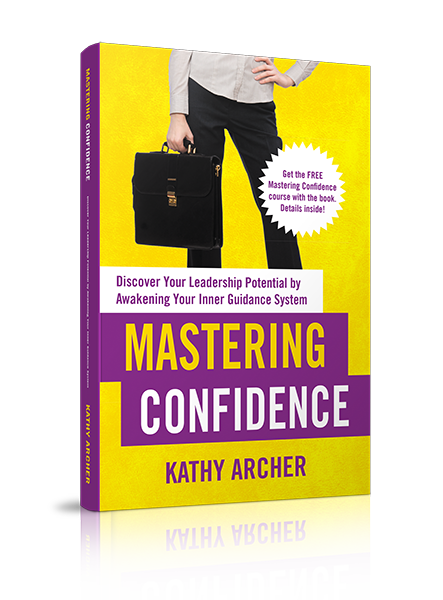
Available on Amazon
Archives
May 2024
|
|
Leadership TRAINING for Nonprofit Leaders
Become a confident and competent nonprofit Leader: Join The Training Library membership Executive and Leadership COACHING Leadership Coaching for Nonprofit Executives, Leaders and ManagerCoaching |
PODCAST for Nonprofit Leaders
The Surviving to Thriving podcast: Strategies, systems and support to lead your nonprofit with confidence FREE RESOURCES to Grow your Leadership Skills Free Leadership Training Resources, Worksheets and Templates |
Become a CONFIDENT LEADER
|

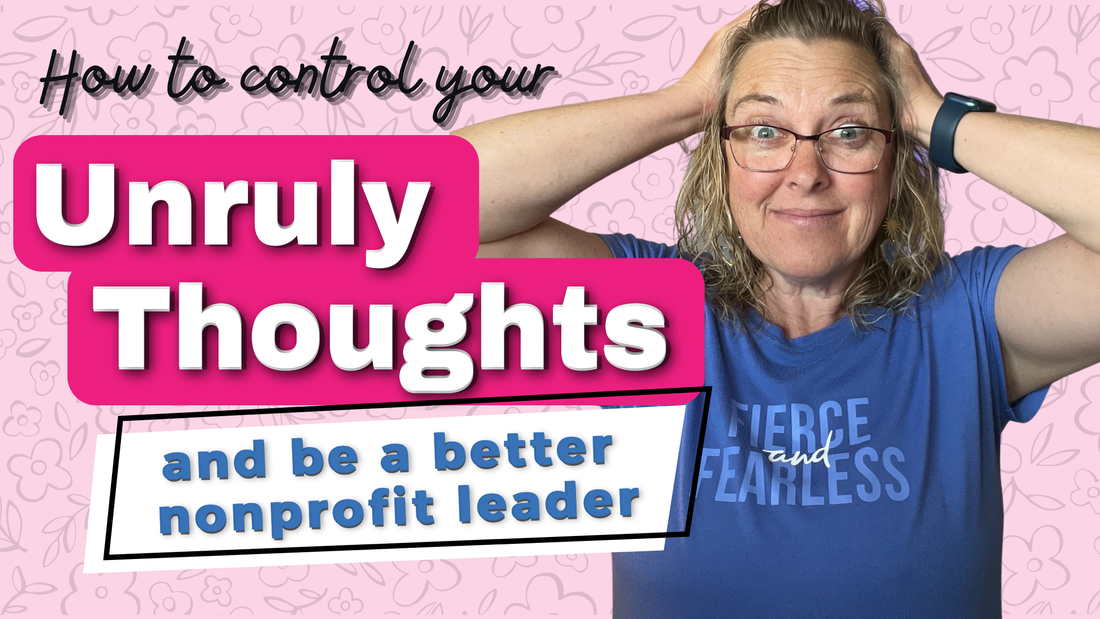
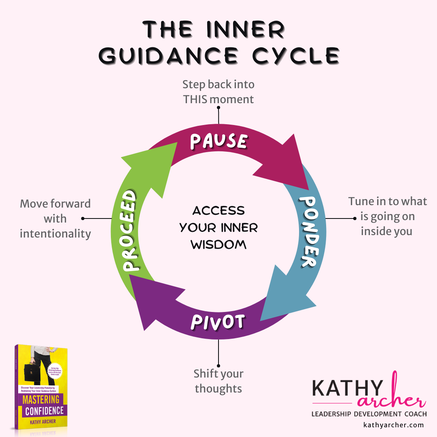
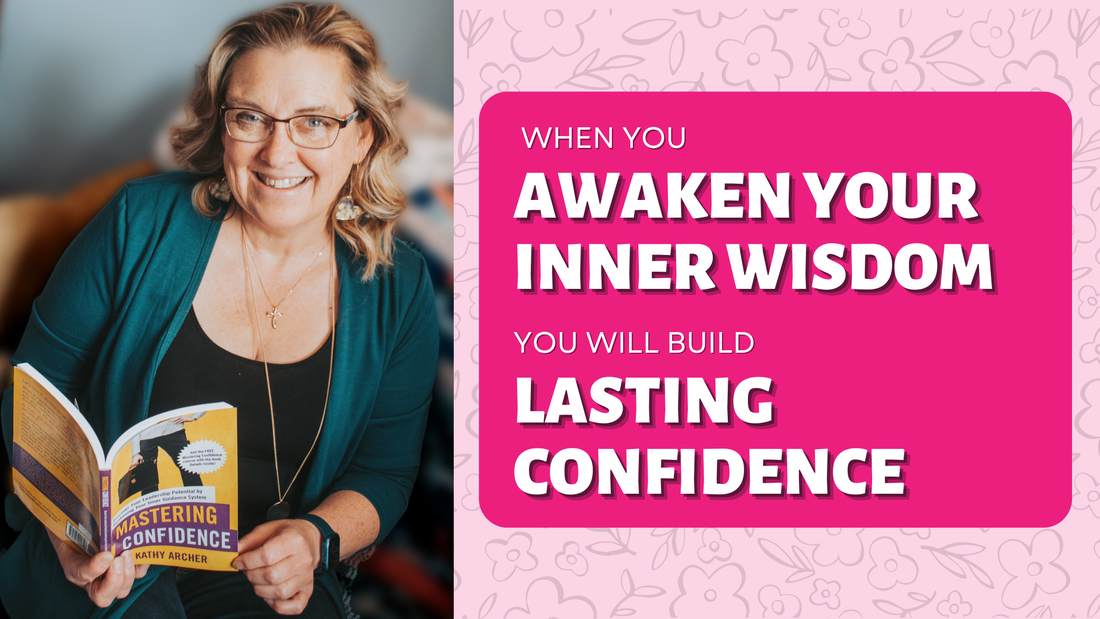
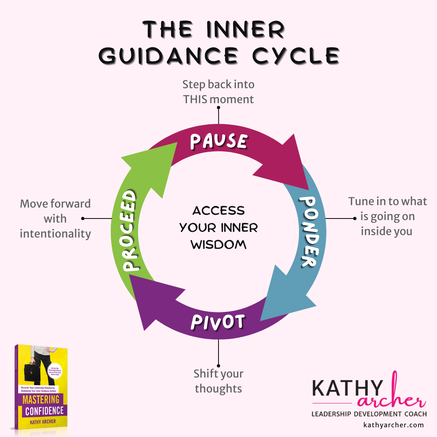
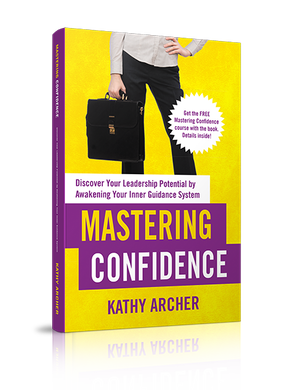
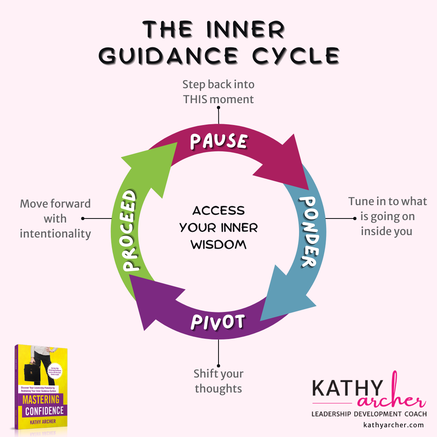
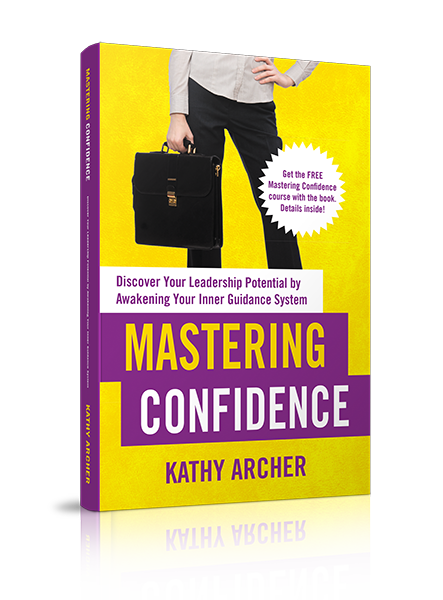
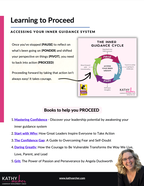
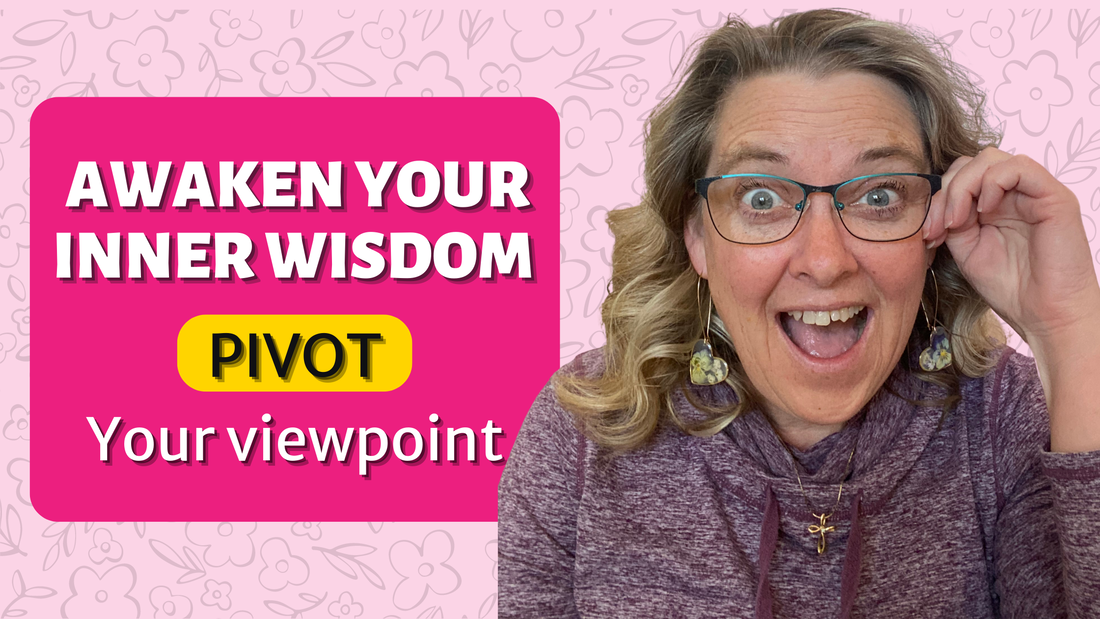
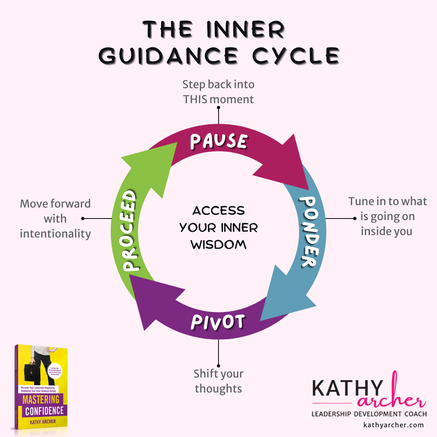
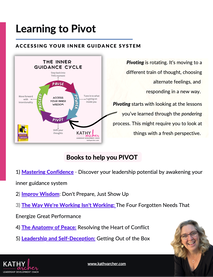
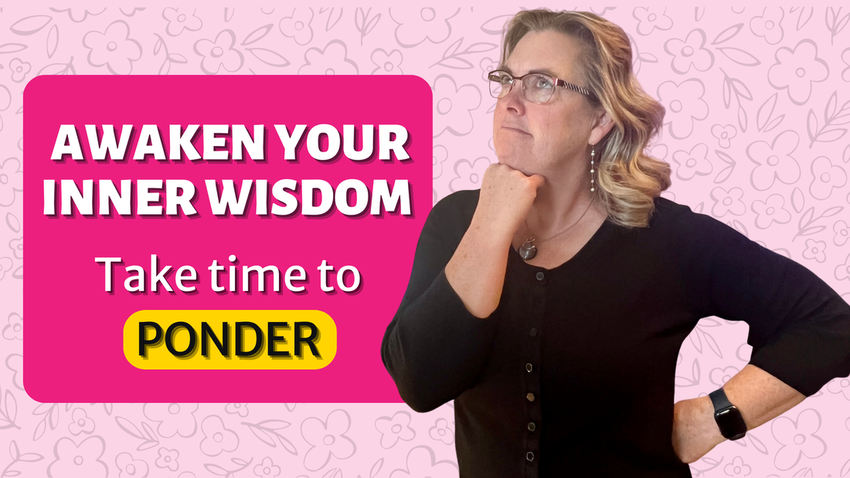
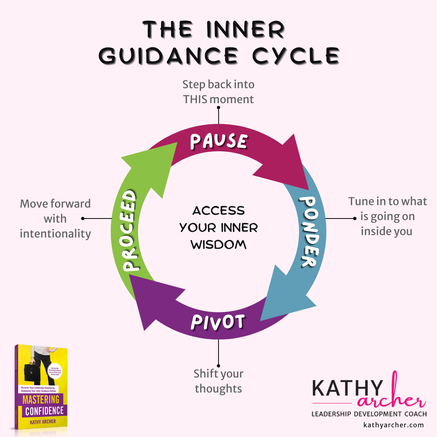
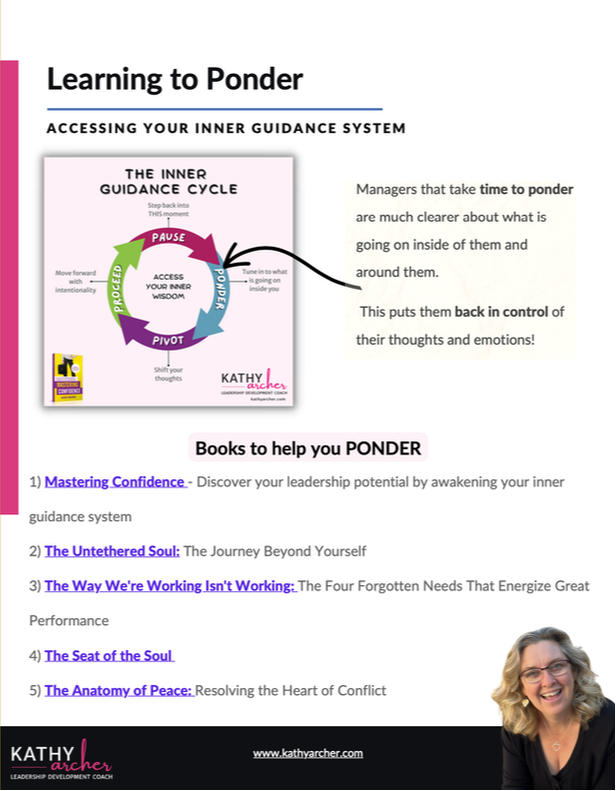

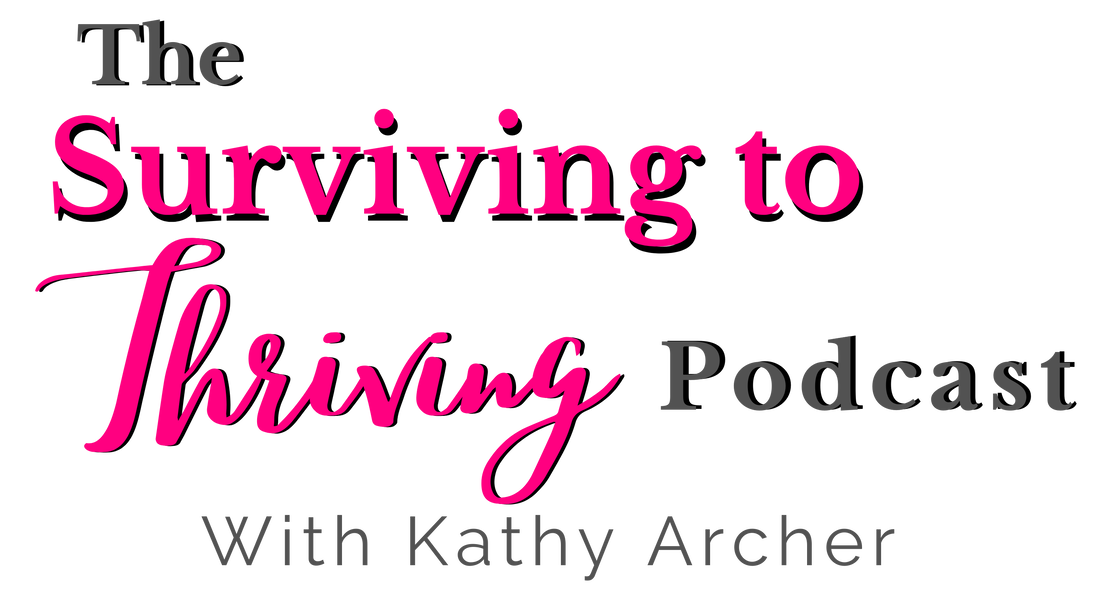
 RSS Feed
RSS Feed
